A Regional School with a Big Vision
Learning, Growing, and Serving in Country NSW
In an era where many schools chase metropolitan polish, Calrossy Anglican School embraces something different—and distinctly powerful. Rooted in New South Wales’ country life and proudly regional in identity, the school blends academic ambition with hands-on learning, close relationships, and a values-driven culture that stretches from preschool through Year 12.
“We’re a regional school—not Sydney,” says Principal David Noble-Smith. “We’re boarding as well, so for many students—particularly at secondary level—the school is not just their school, it’s their home. We’re deliberate about being a country school with a country flavor. We’re comprehensive, not selective, and we go all the way from three-year-olds to 18-year-olds.”
Calrossy’s motto—Learn. Grow. Serve.—is more than a tagline; it’s the throughline of a 106-year history shaped by resilience, community, and service. “People matter very much,” Noble-Smith says. “Every school says that, but one of our true differentiators is the closeness of our relationships with our kids and families.”
Identity, Belonging, and Country Values
If there’s a single idea that defines the Calrossy experience, it is belonging. The school’s character is informed by its regional setting and by explicit values the community calls SIRI—Selflessness, Inclusiveness, Resilience, Integrity.
“Country kids are, by nature, resilient,” Noble-Smith notes. “We’re connected to the land and the seasons. In my nine years, we’ve cycled from drought to very green, very profitable seasons. That rhythm forms character.”
Belonging is cultivated through structures, expectations, and a deliberate approach to pastoral care. “We’re a relational school,” he adds. “We’re constantly looking for ways students feel known, valued, and important.”
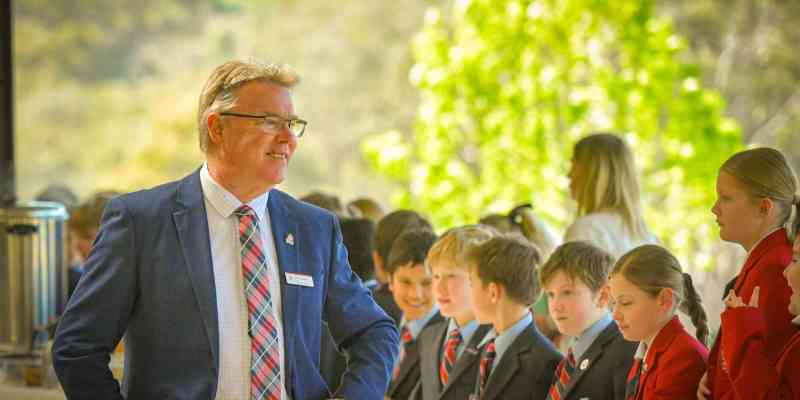
The Diamond Model: Co-ed, Single-Gender, Co-ed—By Design
Calrossy’s distinctive Diamond Model is a hallmark of its student-centred design. From early learning through the end of primary, students learn in co-educational classes. In Years 7–9, core classes and pastoral groups are delivered in single-gender settings, before returning to a co-educational model in Years 10–12.
“The middle years are about building courage and confidence,” Noble-Smith explains. “Single-gender classes help identity formation and allow us to tailor to different needs—while still ensuring healthy interaction through music, drama, and other programs. In senior years, we re-integrate so students are ready for life, study, and work beyond school.”
The structure is complemented by a robust house system—now unified across the whole school—which delivers belonging, friendly competition, and leadership opportunities through music, sport, debating, and whole-school activities.
Pathways that Match the Region—and the World
As a comprehensive school, Calrossy offers multiple pathways: academic, vocational, and industry-linked. Approximately 45% of graduates move straight to university, while others pursue trades, primary industries, hospitality, and a range of vocational routes.
“We try not to be all things to all people, but we do strive for a broad range of experiences that build character,” says Noble-Smith. “Why do we do sports? So students learn to win, to lose, to train, to rely on others.”
Noble-Smith highlights two programs uniquely capture the school’s regional DNA and industry focus:
- Agriculture (Cert III): “We’re the one school in Australia that offers high-level course work in Agriculture at this level,” Noble-Smith says. “This morning at 6:30, kids were artificially inseminating cows. We have our own breed of cattle—we show them, we sell them, and the program is intensely hands-on.” Students gain real industry exposure and many return to the land after tertiary study.
- Hospitality: Beyond Food Technology, Calrossy runs a work-integrated hospitality stream, equipping students with skills for kitchens and service industries, and providing a launchpad for further qualifications or immediate employment.
The result is a culture that prizes participation—debating, drama, music, sport—and the confidence to “give things a go.” “In our earlier years, because we were small, everyone had to be all-in,” Noble-Smith recalls. “That spirit remains. Our students are down-to-earth, enthusiastic, and ready to step up.”
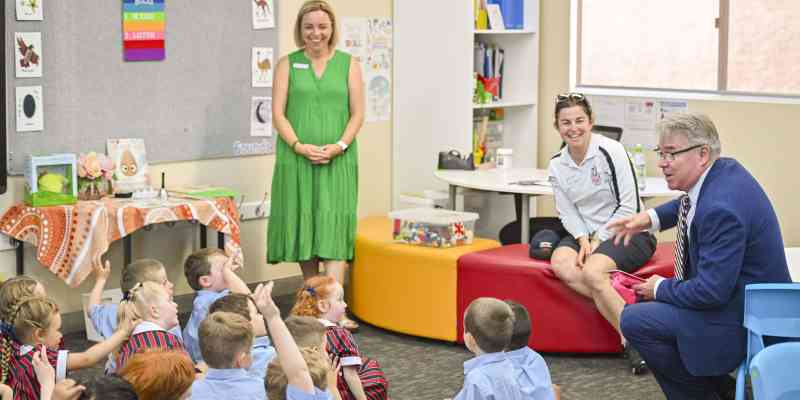
Wellbeing, Voice, and a Measurably Better Day
Wellbeing at Calrossy is inseparable from belonging and student voice. The school runs a Week of Wellbeing each term and actively measures impact. One notable policy—adopted early—has produced clear benefits: no phones at school.
“Students lock their phones in a pouch at the start of the day and unlock them after,” Noble-Smith explains. “We’ve seen a measured lift in wellbeing. Students are more present in relationships and build resilience without the constant reflex to contact home or check social feeds.”
A Century-Old School, Renewed by Design
Change has been a recurring theme in Calrossy’s 106-year journey. After operating historically as separate girls’, boys’, and primary entities, the last two decades have brought strategic consolidation—culminating in unified systems, symbols, and structures.
One visible expression is the uniform redesign completed in recent years. “Previously, girls wore red and boys wore blue,” Noble-Smith says. “We re-designed so both wear red-and-blue striped elements, symbolising one school. Middle School uniforms remain distinct to reflect the Diamond Model, but the Years 10–12 blazer unites students again.”
Capital Program: Building for Growth and One-Campus Efficiency
With enrolments steadily rising (including a 5% growth spike in 2022), Calrossy has invested more than $20 million over the past nine years to modernize facilities and support growth—while being prudent in an inflationary cost environment.
Key milestones include:
- 2021: A $5 million building for Science, Creative Arts, and general teaching to support the Middle School.
- 2025 (opening): An $11 million development featuring a new Music Centre, Independent Learning Centre (Learning Support), Middle School offices, additional classrooms, and a 350-seat auditorium.
- Infrastructure & Boarding: Approximately $2.5 million in car-parking and water mitigation (a major civil works undertaking with local government, given the campus topography), plus ongoing boarding upgrades—including single study bedrooms for older boarders.
A major strategic priority is consolidating from two campuses to one, reducing duplication, improving staff and student flow, and strengthening cohesion. “It’s a master plan challenge,” Noble-Smith says. “Financial prudence matters; we’re careful not to over-capitalize. But the vision is a single, integrated campus that works with people and relationships at its heart.”
Staff Excellence, Mentoring, and Leadership Pipelines
Calrossy’s academic reputation in the region is tied to experienced, high-performing staff and a deliberate investment in professional growth.
“We put a big focus on mentoring,” Noble-Smith says. “We’ve developed our senior leadership and middle leaders—heads of department and stage coordinators—with coaching as a mindset. I also fund staff who mentor others.”
The school participates in a teaching hub model: pre-service teachers spend one day a week on campus, learning alongside experienced staff. “They don’t just turn up at a first job and get thrown in the deep end,” he adds.
Leadership development is a constant—and complex—task. In a regional market where the next promotion may require changing schools, Calrossy seeks to balance continuity with fresh opportunity—and to resource staff wellbeing along the way. “Sometimes support is time. Sometimes it’s celebrating wins,” Noble-Smith notes. “The school can only rise as high as the capability of its teachers.”
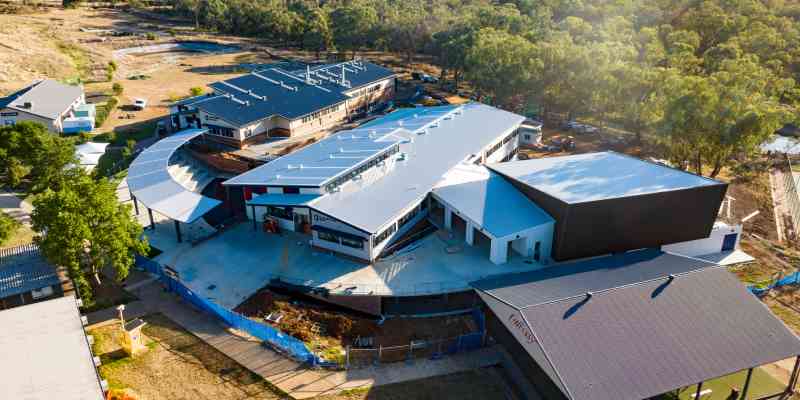
Technology and AI: Equipping for a Changing World
Technology at Calrossy is pragmatic and purposeful. Every student receives a school-provided MacBook, and the school has invested heavily in its Learning Management System. The next wave is AI—framed not as a shortcut but as a reality students must be prepared to navigate ethically and effectively.
“Our kids are using it; our staff are using it,” Noble-Smith says. “We’re working closely with the University of New England, which is establishing a campus in town. Their faculty have delivered staff training on AI, and we’re about to trial a bespoke educational AI tool. The challenge for schools everywhere is assessment and critical thinking: helping students become problem-solvers in an AI-enabled world.”
Character Education, Respectful Relationships, and Low Bullying Incidence
Calrossy’s values education runs through curriculum and pastoral systems. Programs such as Common Ground (respectful relationships) and URSTRONG/Friendology (junior school social competence) build constructive habits early.
External and internal surveys indicate a low incidence of bullying, which the school attributes to intentional structures, cross-age connections, and the house system. “Our older students take an active interest in younger students,” Noble-Smith says. “It’s a hallmark of who we are.”
Faith and Foundation
Owned by the Anglican Church of Australia, Calrossy integrates a Christian education framework that invites questions and equips students to make meaning. “The idea of hope—and our aspiration to be creators of hope and change that matters—is central,” Noble-Smith says. “Many choose us for the values and inclusiveness, and we welcome students from many faiths and from none.”
Parents, Partnerships, and Post-COVID Reconnection
Like many schools, Calrossy managed tight controls during COVID, particularly as a boarding provider. As the school steps into its next phase, parent engagement is a strategic priority. “Modern parents want to be involved,” Noble-Smith says. “We’re rebuilding the right bridges—professional, meaningful, and inclusive.”
That collaborative posture extends to industry and tertiary partnerships—from agriculture and hospitality networks to the University of New England. The goal: a stacked ecosystem of experiences that prepares students for further study, work, and life.
Looking Ahead
Noble-Smith’s tenure concludes at year’s end, but the strategic arc is clear: grow with care, consolidate on one campus, protect the school’s character, and remain financially prudent while investing in programs that matter.
“The challenge is to grow and still ensure every child is known and valued,” he says. “We’re telling the school’s story clearly, aligning buildings with people and relationships, and preparing students for a future that is more technological, more complex—and full of opportunity.”
For Calrossy Anglican School, that future is built on a country foundation: close community, authentic pathways, and the conviction that learning, growing, and serving are best done together.
AT A GLANCE:
Name: Catholic Regional College Sydenham
What: A school system that treats every pathway as equally important and viable for student success
Where: Sydenham, Australia
Website: https://crcs.vic.edu.au/
PREFERRED VENDORS/PARTNERS
Noone Uniforms
Noone Uniforms : https://www.noone.com.au/
As the market leader in the Australian school uniform industry, Noone is committed to offering customers “best in class” in the design, manufacture and supply of quality uniforms.
Noone currently has over 450 schools under its retail management, which are serviced through 26 dedicated retail stores and 90 on-campus uniform stores.

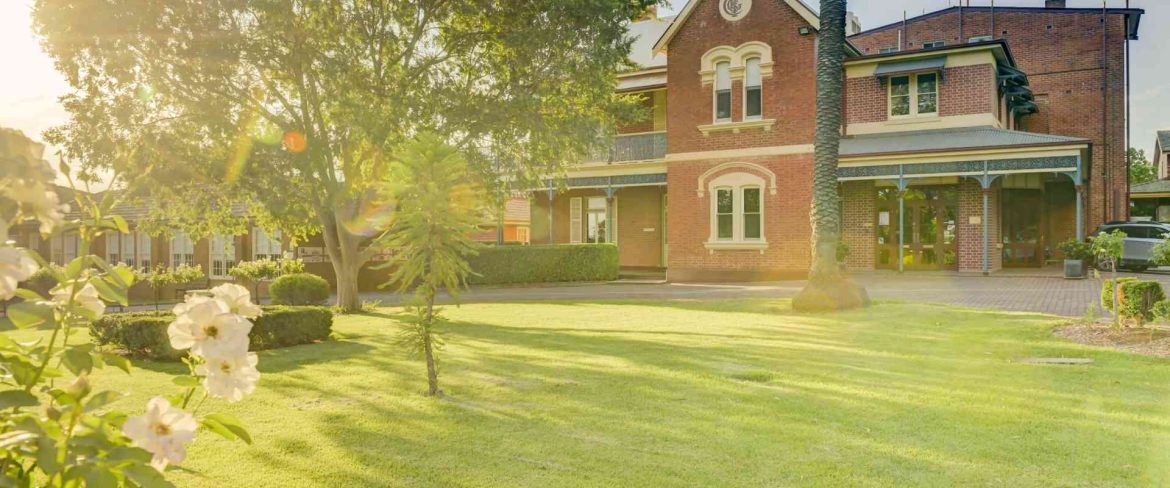

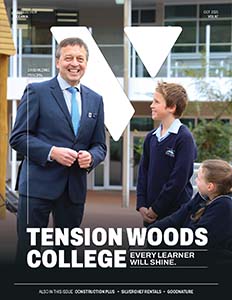
 This information will never be shared to third parties
This information will never be shared to third parties